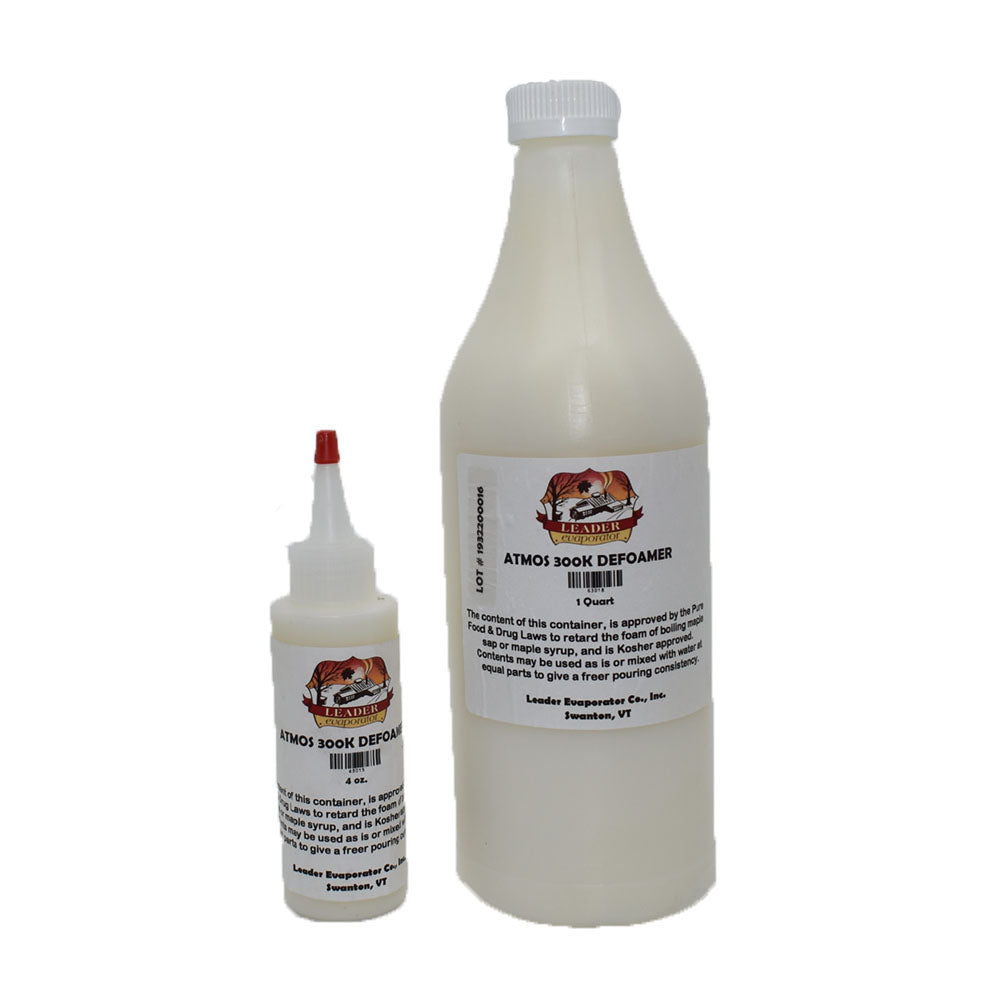The Importance of Defoamers in Industrial Processes and Applications
The Importance of Defoamers in Industrial Processes and Applications
Blog Article
How Defoamers Improve Effectiveness in Production and Production

Recognizing Defoamers
Defoamers play an important function in numerous making procedures by successfully combating the formation of foam, which can interrupt procedures and influence product high quality. Foam can occur in countless contexts, such as throughout blending, home heating, or chain reactions, possibly resulting in ineffectiveness and disparities in items. The system whereby defoamers operate commonly includes minimizing the surface tension of the fluid, permitting bubbles to rise and integrate to the surface area quicker, where they can then break.
Efficient defoamers not only reduce foam formation but likewise maintain compatibility with the item, making certain that there are no negative effects on the last result. Understanding the buildings and features of defoamers is crucial for producers aiming to enhance their processes, enhance performance, and preserve the stability of their products (defoamers).
Key Benefits of Defoamers
Utilizing defoamers in manufacturing processes provides a variety of significant advantages that enhance operational effectiveness and product quality. Among the key advantages is the decrease of foam development throughout production, which can block machinery and interfere with workflows. By lessening foam, defoamers ensure smoother procedures, bring about lowered downtime and maintenance costs.
Additionally, defoamers enhance item uniformity by avoiding air entrapment, which can jeopardize the integrity of the end product. This is especially vital in sectors where visual look and structure are important, such as in paints, finishes, and food. Enhanced product high quality not just satisfies customer assumptions yet also enhances brand track record.
In addition, defoamers can aid in maximizing resource use. By enhancing the efficiency of resources usage, they add to cost financial savings and reduced waste, lining up with sustainability objectives. Finally, the application of defoamers can lead to much shorter handling times, allowing producers to increase production capability without substantial resources investment - defoamers.
Applications in Different Industries
In making processes throughout numerous industries, the application of defoamers plays a critical function in boosting performance and product top quality. These chemical ingredients are utilized in sectors such as food and beverage, pharmaceuticals, and textiles to mitigate foam-related difficulties.
In the food and drink industry, defoamers are vital during the fermentation process, stopping frothing that can interrupt manufacturing and ruin the item's stability. Similarly, in the pharmaceutical market, defoamers are utilized in the formula of liquid medicines, making sure harmony and security while minimizing waste.
Fabric production likewise profits from defoamers, as they are utilized in coloring and finishing procedures to promote also distribution of dyes and chemicals. This application not just improves the final item's appearance but additionally lowers the amount of water and energy eaten throughout production.
Additionally, in the paper and pulp market, defoamers help maintain procedure effectiveness by minimizing foam that can prevent machinery efficiency. In general, the varied applications of defoamers across these markets highlight their importance in enhancing manufacturing processes and providing top notch items.

Selecting the Right Defoamer
Choosing a suitable defoamer is essential for making best use of performance and top quality in making procedures. The selection of defoamer depends on different elements, including the certain application, the kind of foam being generated, and the solution of the item being manufactured.

To start with, take into consideration the chemical compatibility of the defoamer with other ingredients in your formula. A defoamer that connects negatively with various other components can negatively affect item quality. Furthermore, the temperature and pH range throughout handling are crucial; some defoamers carry out optimally under particular problems while becoming ineffective in others.
Second of all, review the defoamer's efficiency attributes, such as its capability to quickly lower foam and its perseverance throughout production. It is essential to pick a product that not only eliminates foam rapidly but also preserves its efficiency over time.
Lastly, consider regulatory and environmental factors, especially if your manufacturing process undergoes rigorous conformity criteria. Choosing a low-toxicity or biodegradable defoamer can help fulfill sustainability objectives while making sure operational efficiency. By attentively evaluating these requirements, suppliers can make educated decisions that improve efficiency and item integrity.
Ideal Practices for Application
Successful implementation of defoamers in manufacturing processes calls for cautious planning and adherence to best practices. Choosing the appropriate defoamer, as formerly discussed, is critical; guarantee it is suitable with the materials involved and resolves the recognized frothing issues properly.
Following, keep clear interaction with all stakeholders, consisting of operators and her explanation high quality control groups. Training sessions can aid guarantee that everyone comprehends the application treatments, visit site potential effects on product quality, and safety and security factors to consider. Executing a trial stage can also be useful; monitor performance very closely to gauge performance and make needed modifications.
In addition, normal testing and surveillance of foam levels can provide important understandings into the defoamer's performance with time. Adjusting dosages in feedback to changes in production variables will certainly assist keep optimum efficiency - defoamers. Lastly, documenting all procedures and results promotes continual improvement, permitting for fine-tuning of defoamer use and improving general productivity in making procedures.
Conclusion
In summary, defoamers play a vital duty in boosting performance within manufacturing and production procedures. By minimizing foam formation and promoting bubble coalescence, defoamers contribute to boosted item quality, consistency, and operational efficiency.
The advantages expand to item quality and price savings, as defoamers assist enhance procedures.Defoamers play an important duty in different manufacturing processes by efficiently combating the formation of foam, which can influence and interfere with procedures product high quality. Recognizing the residential properties and features browse around this web-site of defoamers is necessary for manufacturers intending to maximize their processes, boost efficiency, and maintain the integrity of their items.
Using defoamers in making procedures supplies an array of significant advantages that improve functional effectiveness and product quality.In addition, defoamers boost item uniformity by stopping air entrapment, which can endanger the stability of the last product.
Report this page